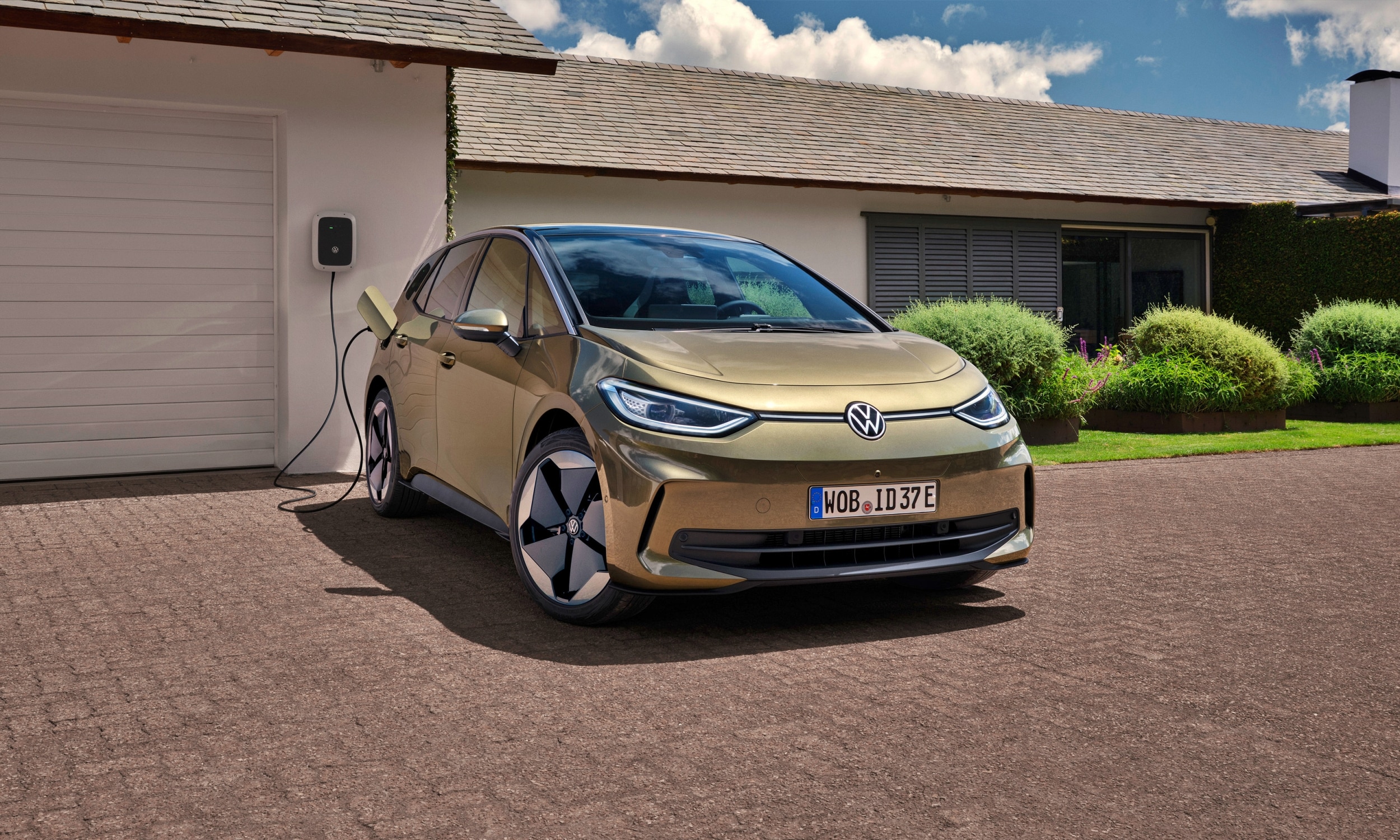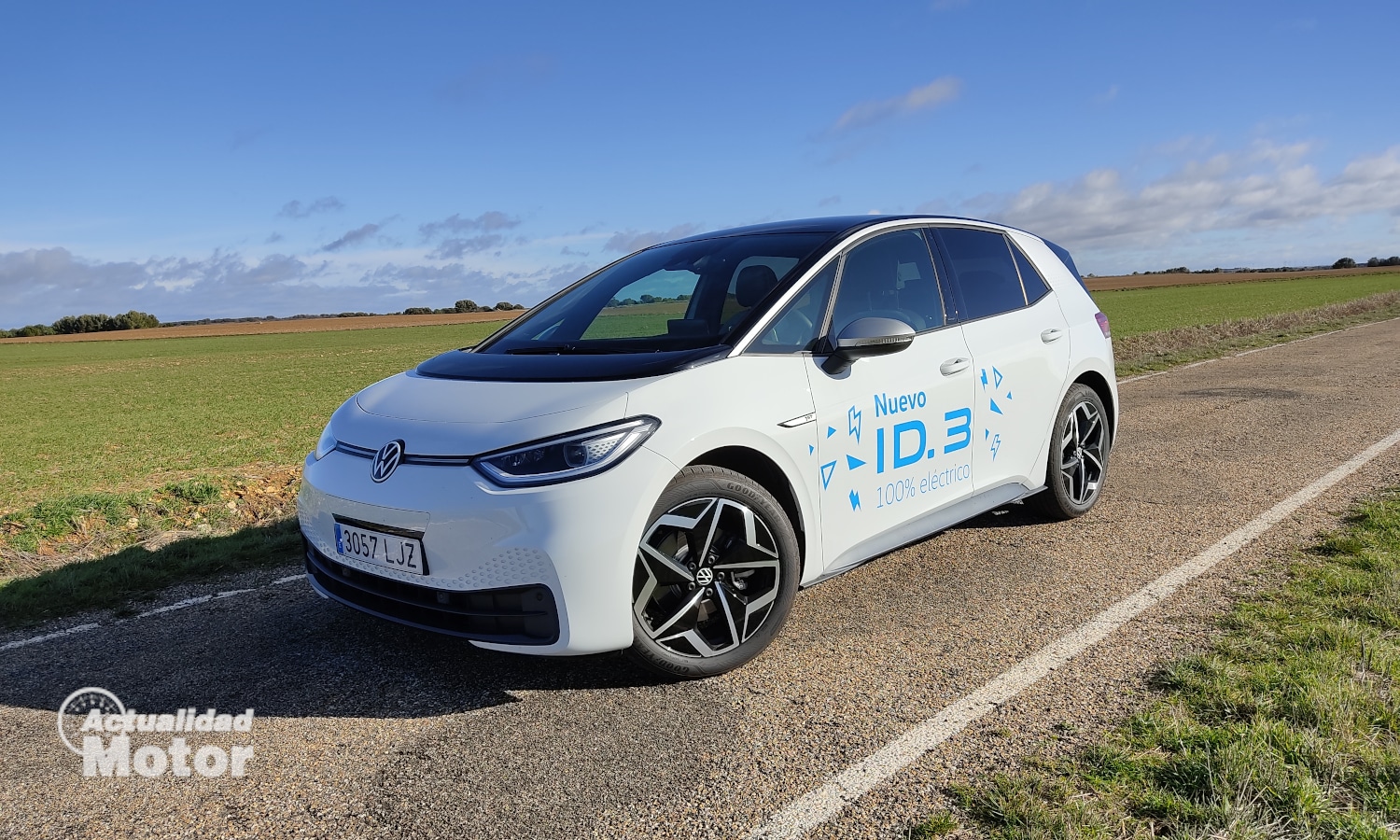
I must confess that I always feel a special emotion when trying a 100% electric car. Bill Volkswagen ID.3 has not been an exception, especially considering that VW has placed emphasis on achieving a car that transmits sensations and not limiting itself to offering another simple means of transport.
The unit we are testing today is a Volkswagen ID.3 1St Edition equipped with the 204 hp engine and the 58 kWh battery. This unit based on the Pro Performance version has been loaned for reporting by the dealer Cobarsa Volkswagen Palencia.
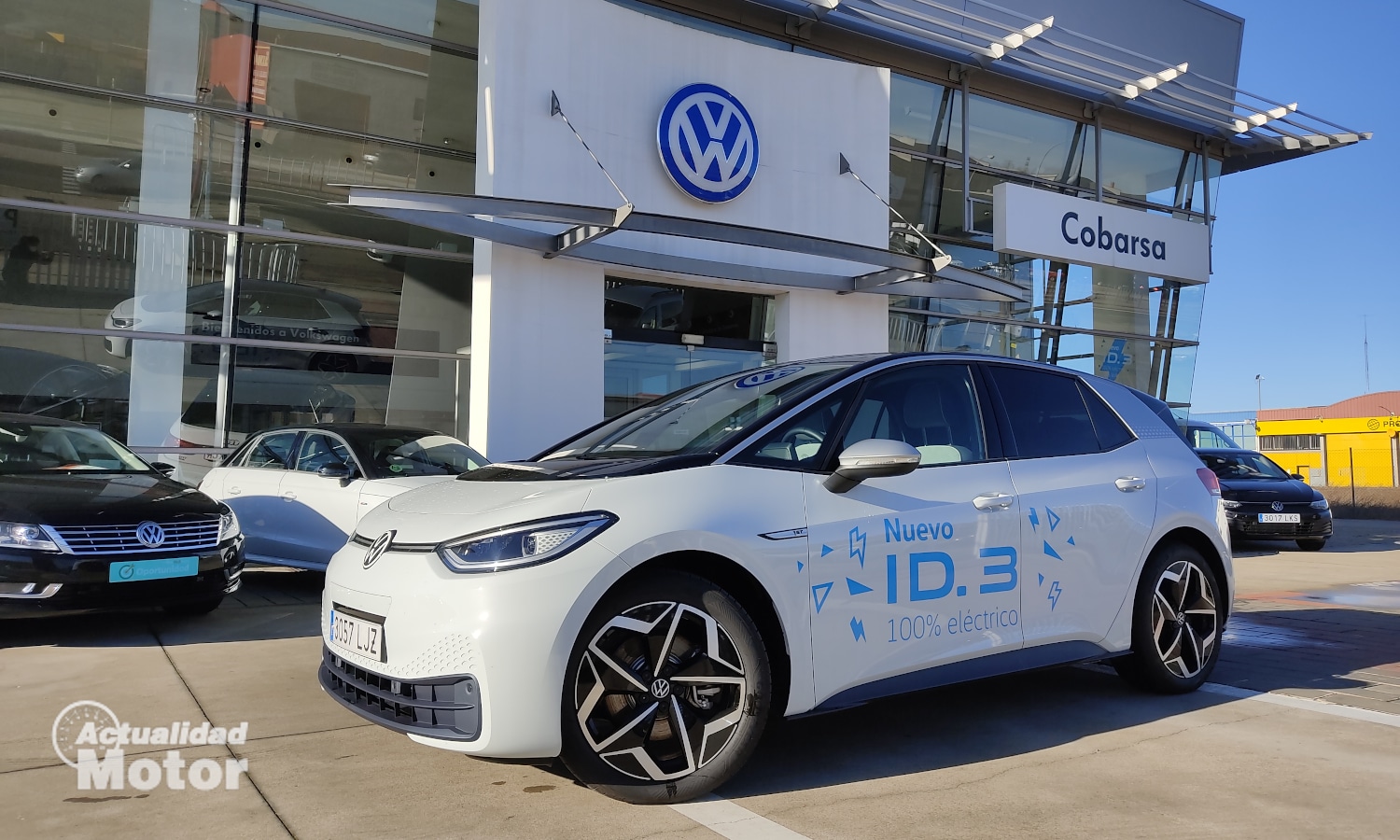
electric car, but car
The Volkswagen ID.3 follows the current trend of electron-powered vehicles, that is, to offer a complete car, with all its letters. For external and internal dimensions it is very similar to Golf, while its benefits are more similar to those of the Golf GTI, at least at legal speeds. The level of safety equipment as technological is just as pointer or more than in their internal combustion brothers.
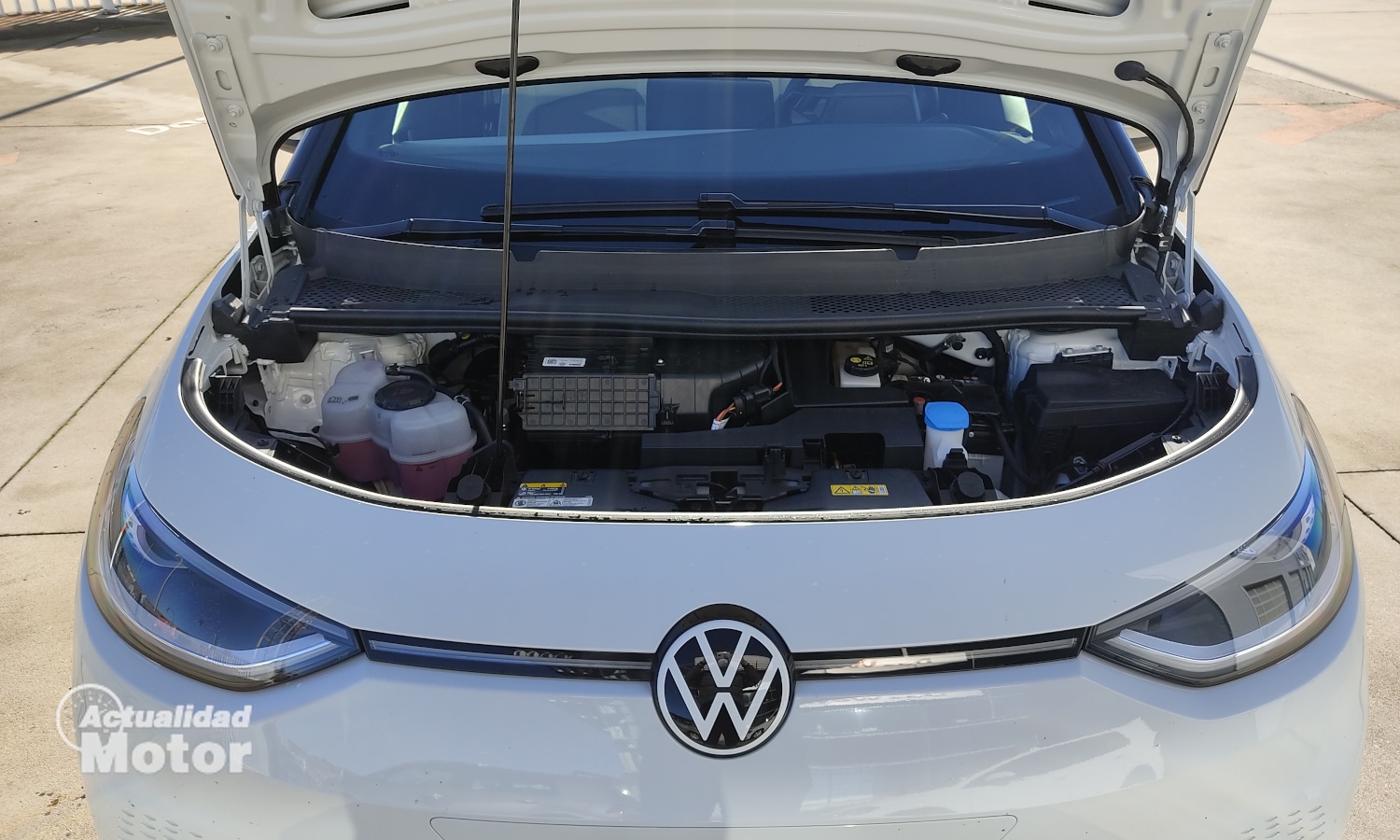
We are therefore before a fully usable real car, as long as we take into account the autonomy limitation imposed by battery recharging. Volkswagen currently offers the ID.3 with three different batteries: 45, 58 and 77 kWh capacity. The autonomy according to the approved WLTP cycle is 330, 420 and 550 kilometers.
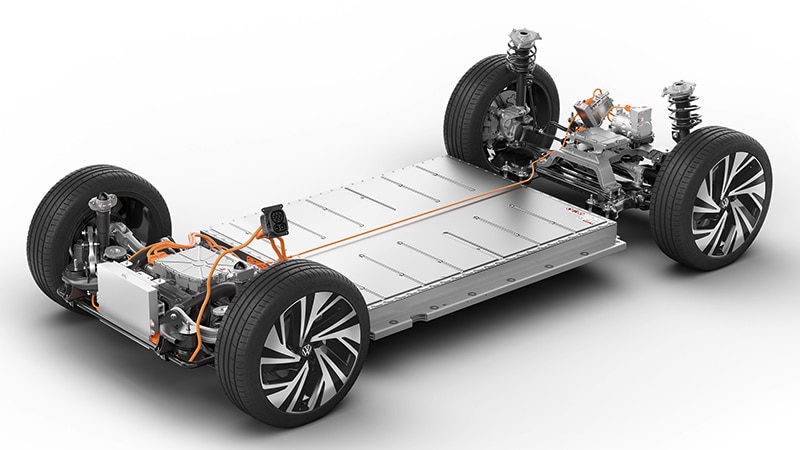
Recharging the Volkswagen ID.3
As always when we talk about an electric car, real autonomy depends a lot on the environment in which we move and the ease of accessing recharging points. As a general rule, consumption rises on the highway and decreases in urban use, that is, speaking in kilowatts / hour and battery capacity, it consumes almost half traveling 100 km through the city than traveling 100 km on the highway. I have not driven or recharged the car enough to have completely reliable data on its autonomy, but I can give approximate figures.

Recharging can be done in several ways, being the maximum charging power 125 kW. In a "normal electrolinera charger" (between 22 and 50kW) we will be able to charge approximately 50% of the battery in just over half an hour in the best of cases. As the battery fills up, the charger needs proportionally more time to charge the same percentage of the battery, so it is feasible to carry out partial loads in a short time when under load. A depleted battery quickly goes up to 50% of its capacity, but slows down considerably after 80% recharge.

With a household plug the car can be charged up to a power of 11kW, a high power for most homes. also has a “reduced” charging mode to adapt it to the maximum current that can be supplied by the house where it is parked. For example, in my house with a contracted power of 15 Amps we would be talking about a recharging power of about 3kW as long as there is no other large consumer plugged in at home (washing machine, ceramic hob, etc). This type of slow charge is only useful if you are going to leave the car parked overnight.

Volkswagen electric chargers
If you decide on the option of installing your own specific Volkswagen charger at home, you should know that the basic model ID.Charger starts from around €400, going up to about €600 the ID.Charger Connect and ending with €850 for the most advanced model ID.Charger Pro that allows its control through the mobile phone. Installing them in your home is between €1.000 and €1.500, although in some neighborhood communities there may be agreements or regulations of all kinds that make assembly cheaper or more expensive.
A detail regarding the batteries of the VW ID.3: they weigh at least no less than 495 kg and Volkswagen guarantees that after eight years or 160.000 kilometres, Battery will retain at least 70% of its original capacity.
A very careful exterior design
Volkswagen is traditionally a continuity mark regarding their exterior designs. The topic of "if something works, don't change it" has been applied successfully by many generations. The exterior design of the VW ID.3 has the characteristic air of the German brand and is therefore easily recognizable as a Volkswagen, although with a series of touches that quickly invite us to think that it is not a normal car.
An experienced eye will see that the front hood allows for smaller access than usual and that the front air intakes have been reduced to a minimum because there is no heat engine what to refrigerate
The rest of the vehicle would pass perfectly as a normal compact, but thanks to the color scheme used on the bodywork, the huge wheels and the slim roof frame, the general appearance of the car gains vividness.
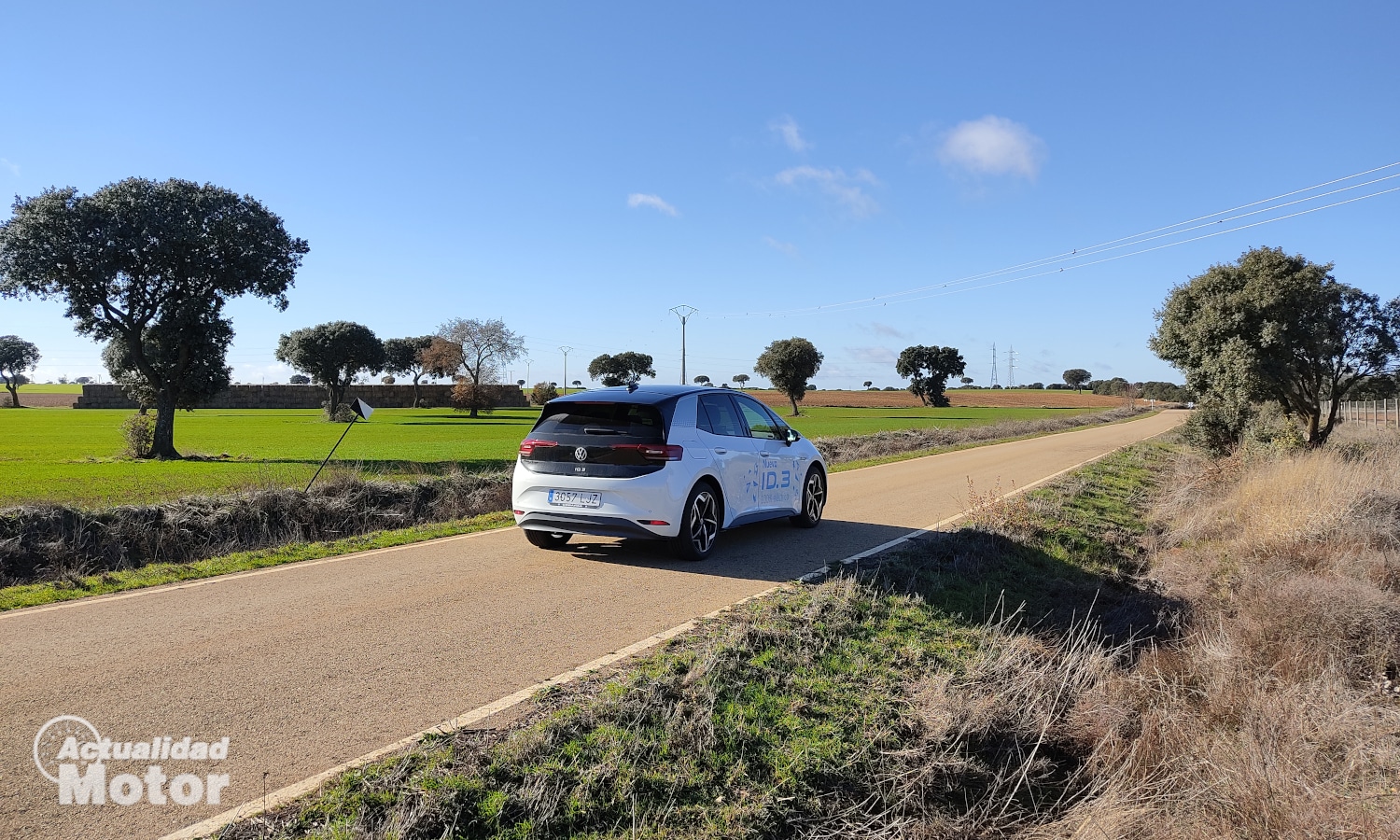
Since we are talking about its appearance, it should be mentioned that the aerodynamic penetration coefficient of the VW ID.3 has dropped to a Cx of 0,267. Aerodynamics and tire rolling are vital achieve autonomy in an electric car, since as a general rule their energy consumption grows exponentially with speed, being much more efficient in the city than on the highway.
The ID.3 gets a good aerodynamic value what we are used to, but it is still far from the Cx of 0,23 that the Tesla Model 3 has. To give us an idea, the Opel Calibra was for years the king of aerodynamics with a value of 0,26. So that we can compare, the First generation Volkswagen Golf sported a modest Cx of 0,42.
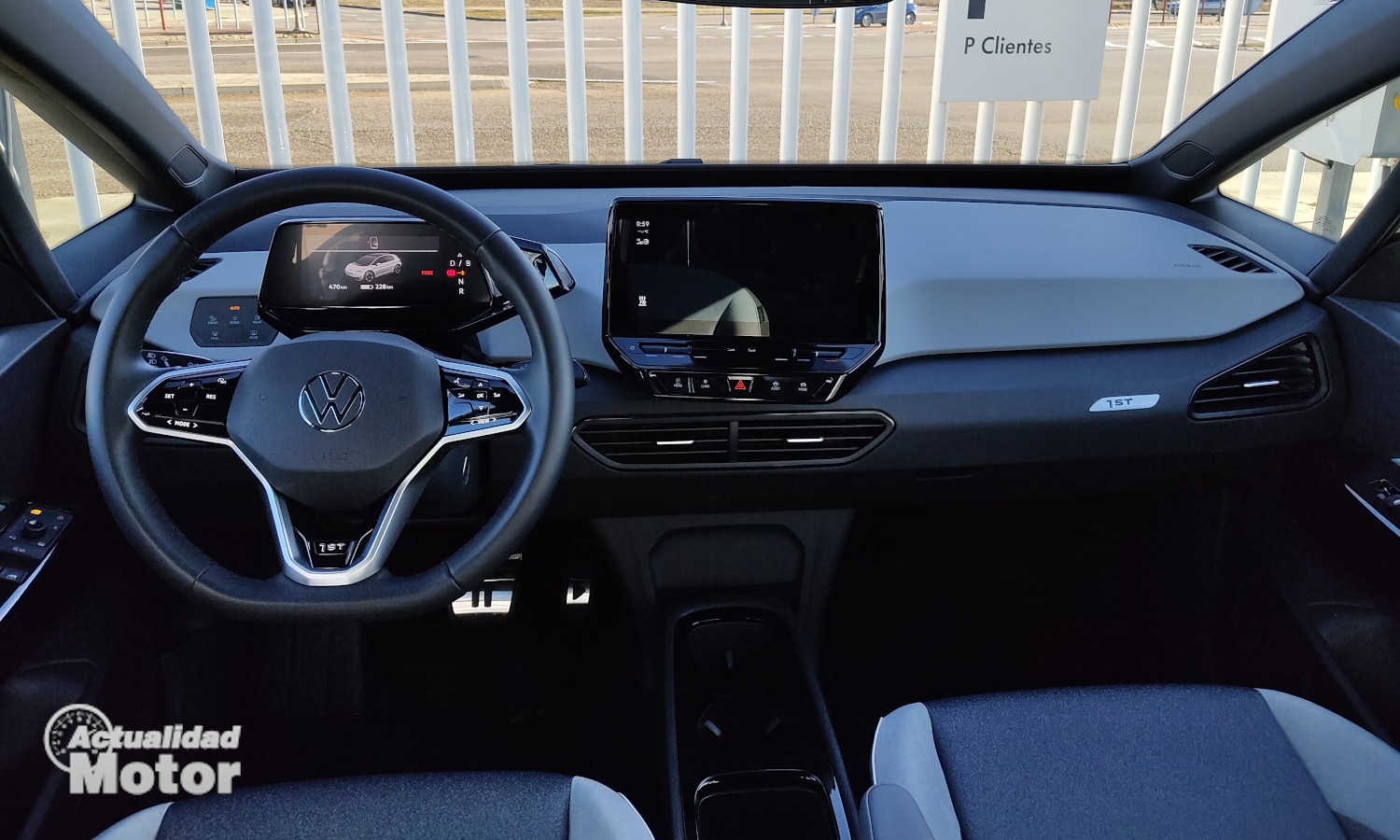
A sober and very capable interior
If the ID.3 has the exterior dimensions of the Golf, the interior is also similar. The biggest advantage of electric is the total absence of transmission tunnel, something that users of the rear seats will mainly appreciate as they can enjoy a completely flat floor.
From my point of view, the impact caused by interior design on the future buyer varies a lot from one person to another. Personally it seemed to me an interior with a sober and functional design, perhaps a bit overloaded with submenus in the multimedia system and with some cool touches like the pedals, whose accelerator is a stereo “play” while the brake is the “pause” button.
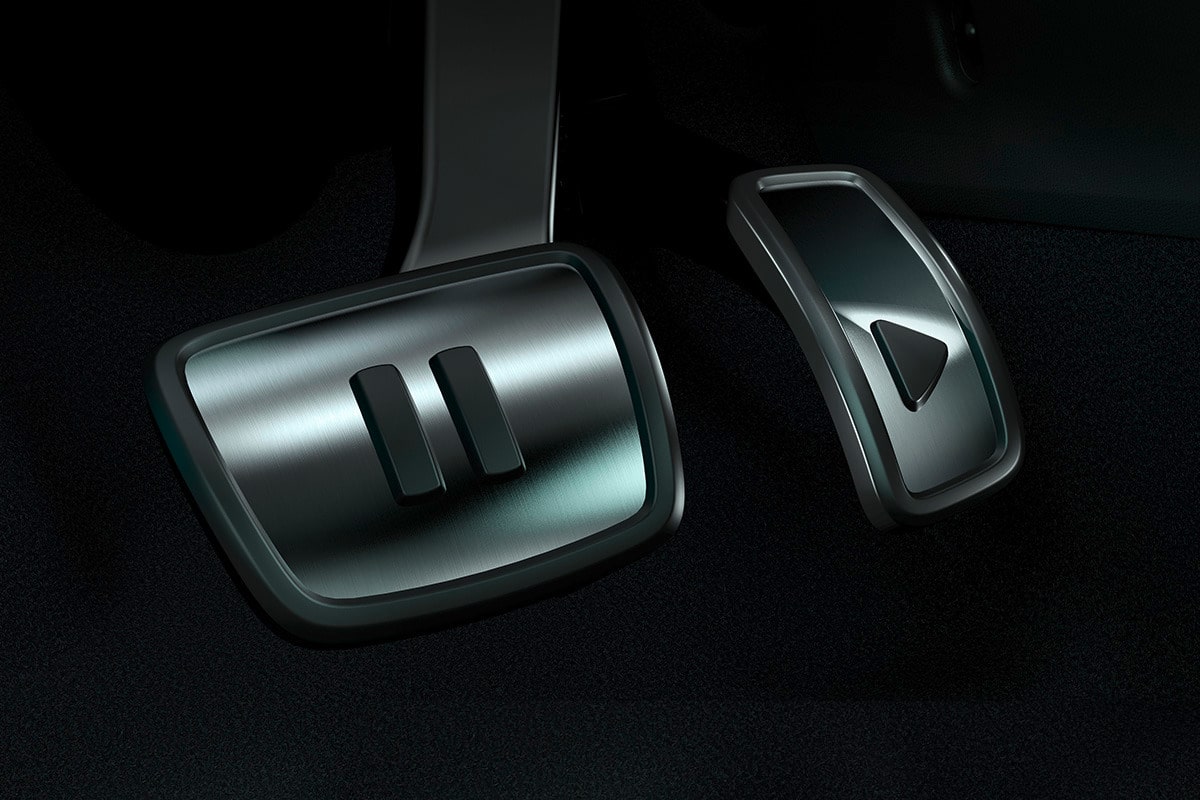
On the other hand, other people who have seen the car with me have said that it lacks some interior decoration to live up to what is expected of a modern VW, and other people have opined that to be an electric car they expected an interior more loaded with technological boasts. In other words, it depends a lot on the expectations you have before getting on for the first time and on the experiences you have had with electric cars.
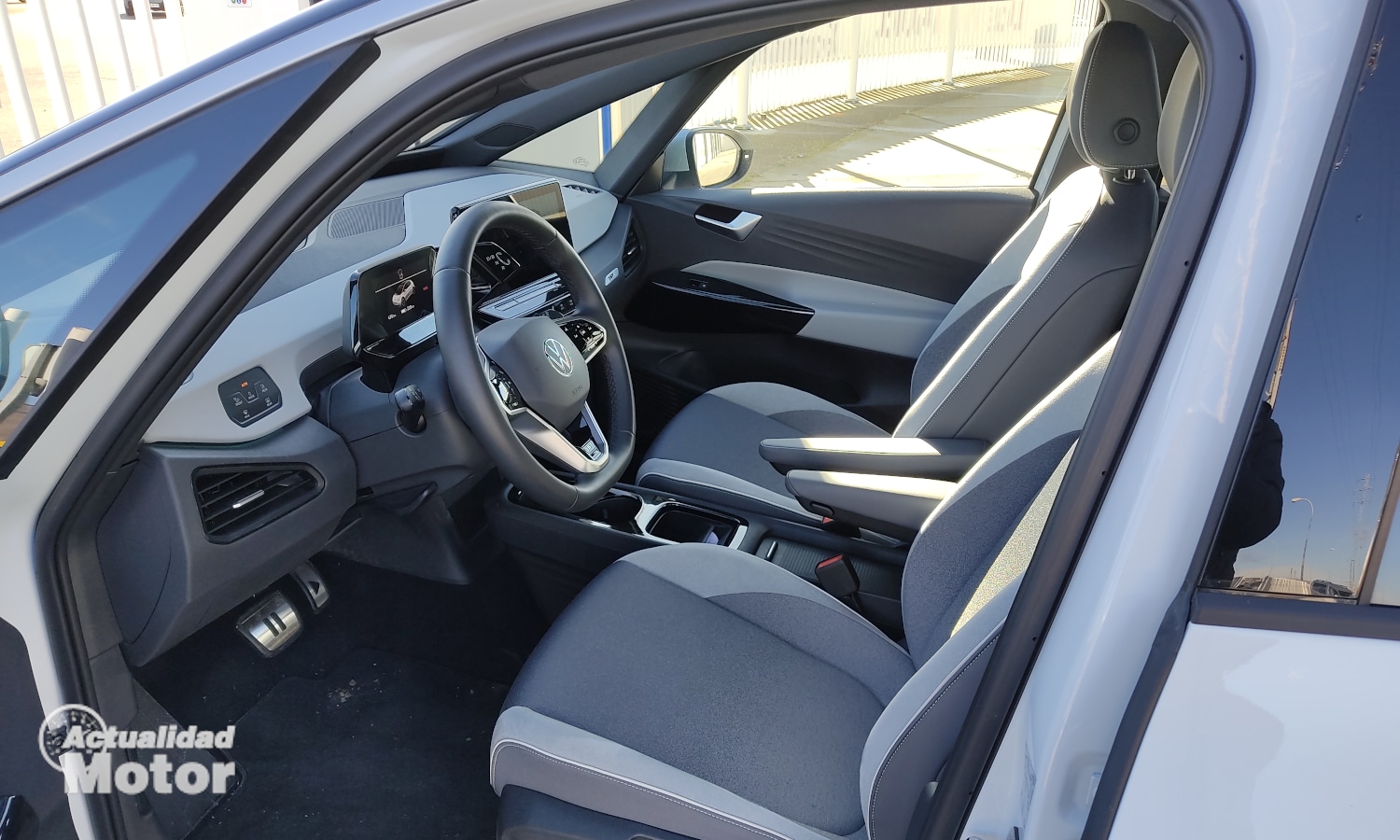
Saving this initial prejudice and comparing it with other models of the brand, we are facing a VW that uses average materials and finishes, with certain touches of quality in specific points. Highlights the abundance of touch panels to operate functions such as air conditioning or multimedia equipment, or even open and close the electric roof (if equipped). This way you can interact with the car based on "caresses" instead of pressing buttons or turning typical knobs.
Moving on to trunk according to the brand has 385 liters, resulting therefore somewhat more capable than the Golf. It has a double bottom and a load separator in said hole.
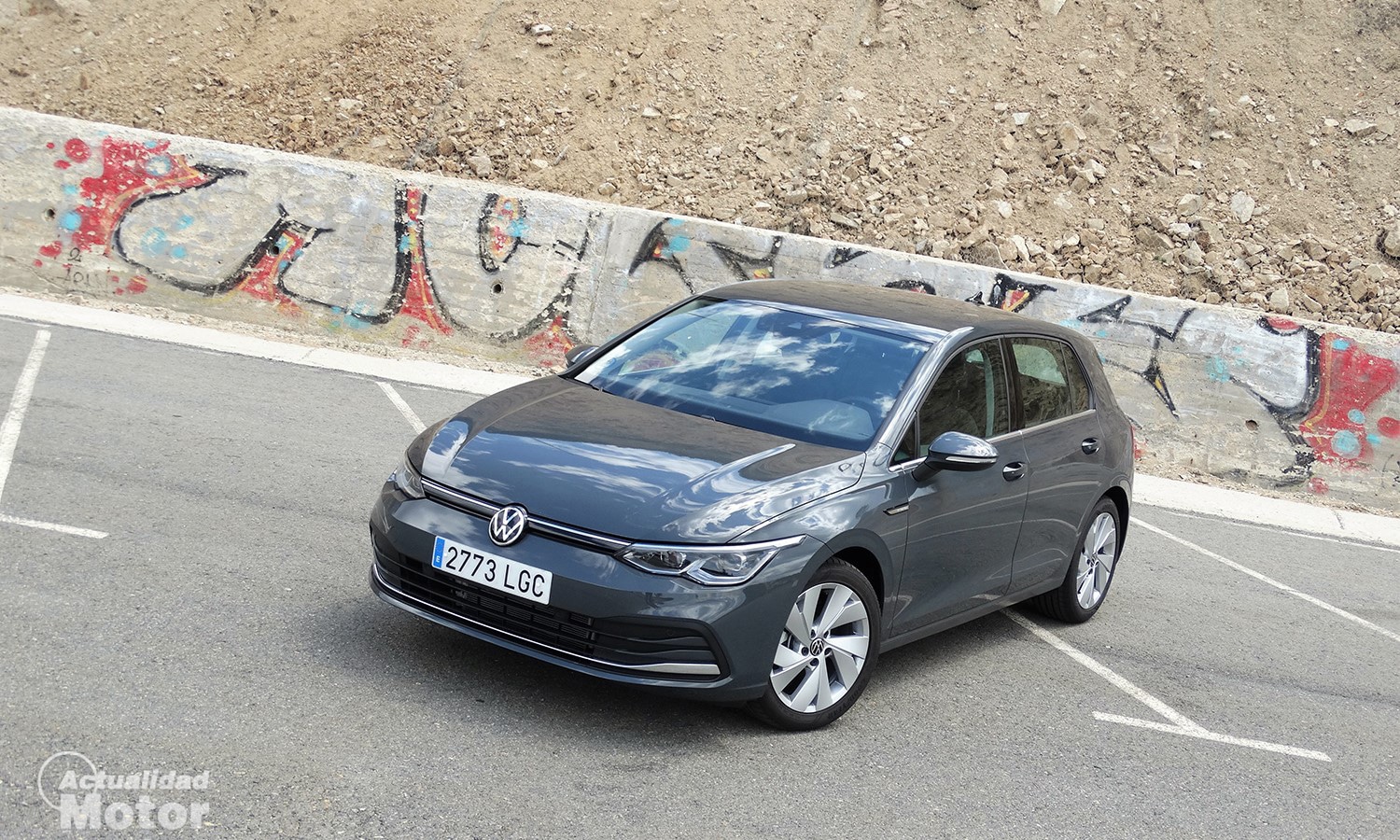

Dynamic and fun driving for the Volkswagen ID.3
The Volkswagen ID.3 has the typical feel of powerful electric car. At low and medium speeds acceleration and agility impress thanks to the great torque it offers instantly. As usual, when the vehicle travels at high speeds and has to fight against the wind, the result offered by the electric motor is already more similar to the combustion equivalent. If you have never tried an electric I can summarize it like this: at low speeds (city, twisty roads) due to the enormous thrust we will have the feeling of driving a real cucumber, becoming more normal at highway speeds.

Either way the Volkswagen ID.3 has everything you need to have fun behind the wheel: powerful engine, instant throttle response, low center of gravity, stiff suspension and rear wheel drive. The position of the center of gravity and the suspension stiffness are determined by the weight of the batteries.
The feel of the brake in electric cars is one of the points for improvement, not for lack of power to stop its high weight but for its dosage. The energy regeneration system simulates the brake pedal during the first part of the travel, until we press the pedal with more force and the brake of a lifetime begins to work.
Various driving modes
Don't worry, this somewhat artificial touch will not be an impediment to enjoy fully out of the car once you get the hang of it, it just takes getting used to. Said regeneration system has two different settings: in the first the car practically does not retain anything when releasing the accelerator and in the second it retains a lot, in such a way that we can practically drive it only by modulating the accelerator, which in this case also acts as a brake up to 0,3G maximum deceleration.

The car has three driving modes: Eco-Normal-Sport. In Eco mode throttle reactions are greatly smoothed to maximize battery life. I have not found it pleasant to use since it loses part of the fun of having so much power and using it in such a filtered way. The Sport intensifies throttle response, useful on winding roads but can be a bit jerky in heavy traffic. In normal mode, in my opinion, the right balance is found. Incidentally, if we accelerate completely the car ignores the selected mode and always applies all the available power, so the maximum acceleration is the same.
Steering feel is very good. and communicative in any case. It also benefits from being a rear wheel drive getting a tiny turning radius which greatly facilitates manoeuvres.
Conclusions
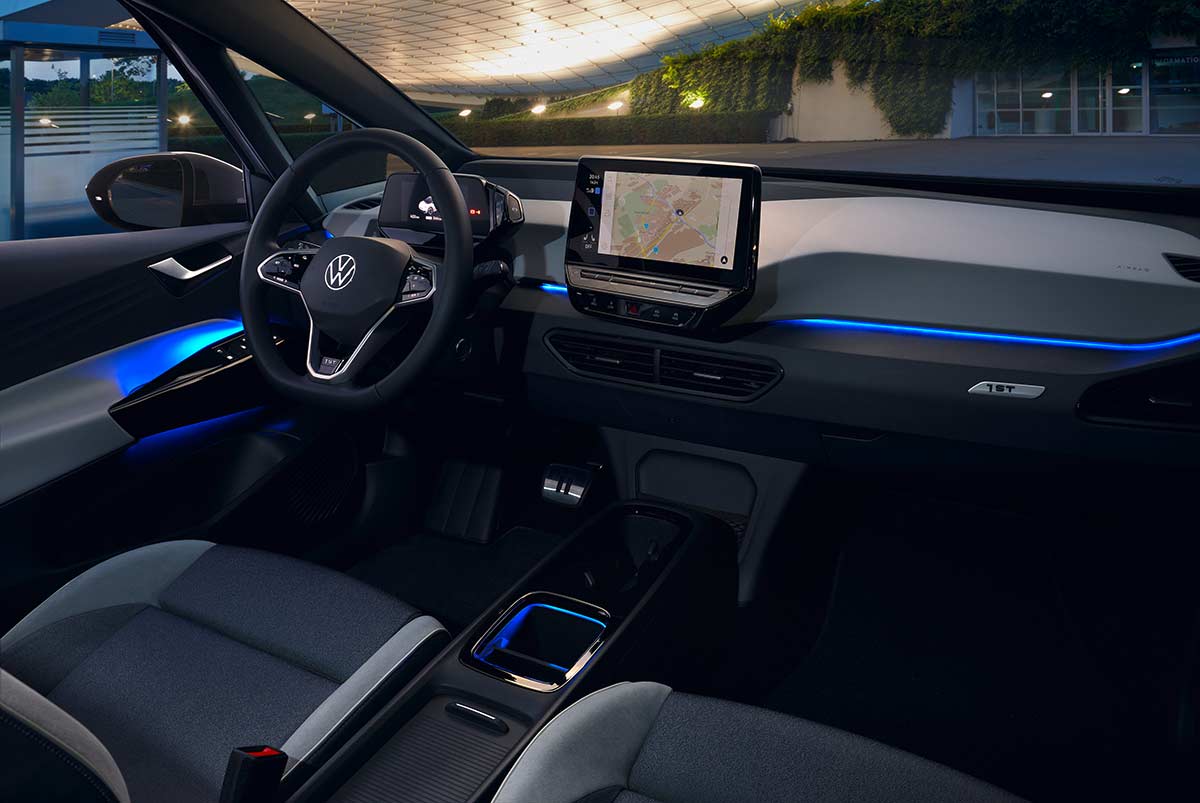
Volkswagen has made a move with the ID.3 in a market where there are still several brands without betting heavily. To be honest it's not easy, although no electric has it at the moment. Generally, the electric ones offer a high sale price and a somewhat limited autonomy that condition their reception in the market. The Volkswagen ID.3 at least gives the sector that special touch that has made VW a beloved brand. Everyone recognizes a mythical Transporter T1 (the hippy van), a Beetle or a Golf. We will see if over time the VW ID.3 will be remembered as the beginning of the great electrification of a market whose competition will be brutal.
Volkswagen ID.3 Prices
| Version | battery | price |
|---|---|---|
| Version | battery | price |
| ID.3 Pure Performance 110 kW (150 hp) | 45 kWh | 32.245€ |
| ID.3 Pure Performance City 110 kW (150 hp) | 45 kWh | 34.785€ |
| ID.3 Pro 107 kW (145 hp) | 58 kWh | 34.985€ |
| ID.3 Pro Performance 150 kW (204 hp) | 58 kWh | 36.145€ |
| ID.3 Pro Life 107 kW (145 hp) | 58 kWh | 36.895€ |
| ID.3 Life 150 kW (204 hp) | 58 kWh | 38.025€ |
| ID.3 Pro Business 107 kW (145 hp) | 58 kWh | 40.475€ |
| ID.3 Pro S 150 kW (204 hp) | 77 kWh | 40.615€ |
| ID.3 Style 150 kW (204 hp) | 58 kWh | 41.225€ |
| ID.3 Business 150 kW (204 hp) | 58 kWh | 41.570€ |
| ID.3 Max 150 kW (204 hp) | 58 kWh | 46.585€ |
| ID.3 Tour 150 kW (204 hp) | 77 kWh | 48.225€ |
Editor's opinion

- Editor's rating
- 3.5 star rating
- Very good
- Volkswagen ID.3
- Review of: louis gaton
- Posted on:
- Last modification:
- Exterior design
- interior design
- front seats
- rear seats
- Trunk
- Spring Suspension
- Consumption
- Comfort
- Price
Pros
- Exterior design
- comfort and space
- driving feel
Cons
- Interior Design
- Price
- average autonomy


